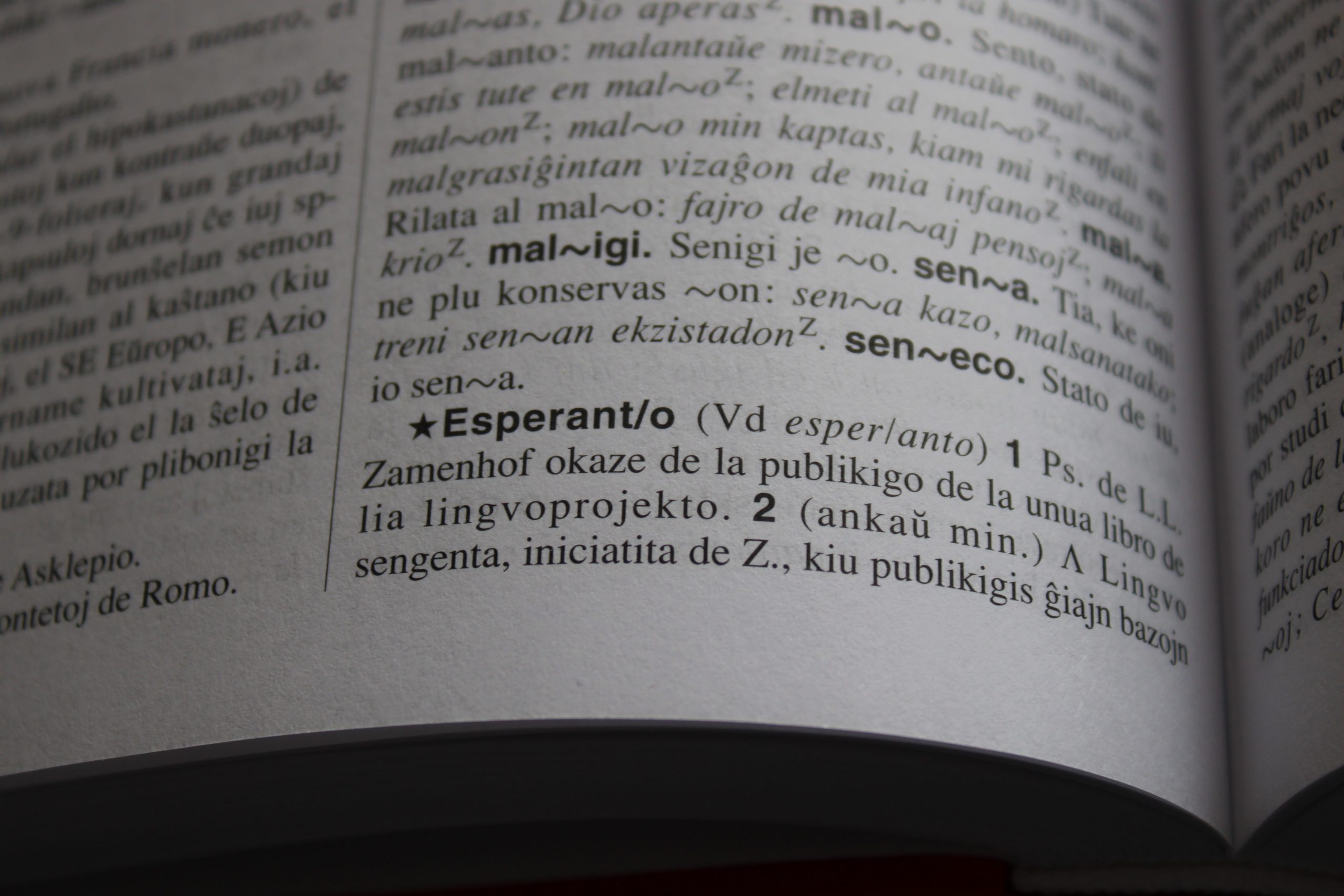Historically, there has been a link between the construction industry and migration. This has been because construction projects often need really large numbers of workers, and these can’t always be supplied by local workforces. As such, construction workers tended to move where the work was and this created a diverse workforce where lots of languages were spoken.
Today, construction still benefits considerably from influxes of workers from outside of the local area, and knowing how to communicate effectively with workers from different backgrounds is essential. In this article, we’re looking at how you can break down language barriers on your site and ensure that projects run smoothly.
How To Stop Language Barriers Causing Problems On Your Site
When people speak multiple languages, this can lead to miscommunications between employees that speak different languages. It’s no surprise that language barriers account for a large proportion of inefficiencies in the workplace.
It is still commonplace for construction firms to simply assume translation services from co-worker to co-worker, but this is far from ideal. In fact, it can lead to stress and interpersonal problems that make employees unhappy. Or worse, employees might quickly explain something in a language that isn’t native to the other person. This can result in the missing out of details, or misunderstandings that cause huge problems.
Often, in order to get their colleagues up and working as quickly as possible, employees can relay information quickly. However, when you’re working with people who speak many different languages, a quick explanation can be insufficient. You should not rely on employees to deliver training, as they do not always know how to be as thorough as possible (especially if they’re not speaking their colleagues native language!).
Orientations In Multiple Languages
This issue of language barriers is even more significant when it comes to orientation and safety inductions – as well as the carrying out of day to day activities. If communication is not clear and understood, contracted workers might be operating without full understanding of the necessary information. Uncertainty of communication will lead to on-site accidents. With regards to health and safety, this is obviously an important issue.
The fact that foreign-born, or non-Anglophone, employees are more at risk of workplace accidents is due to the significant barrier that language plays. Health and safety material cannot afford any ambiguity. It saves lives. It is a significant issue – and one that many businesses have struggled to solve. If your organisation operates over several different sites or offices, you might need multiple translation teams – which in turn could generate slightly different translations. This often results in inconsistent content. Inconsistency is not acceptable when it comes to training programs.
How Can Technology Bridge The Language Gap?
The construction industry, as well as having ties to migration, has also traditionally been linked with progress in technology. In the 21st century, digital technology has risen to the forefront of enterprise. With regards to language barriers in the industry, there are more and more effective digital solutions available.
Management software, made by companies like Beakon, have proven really effective ways of solving communication issues. Safety management, task management and incident management software systems are now accessible to workers via a mobile phone or other digital device.
On top of this, Beakon products are available in multiple languages, time zones and currencies. All of which means that employees can consistently absorb the correct information and adhere to the correct procedures throughout the business – no matter what language is their first tongue.
Technology is driving forward the construction industry, but it is also building bridges between people who don’t share the same language.



